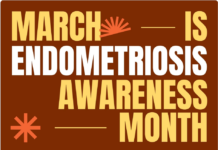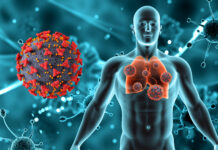Understanding peripheral artery disease
If you are living with pain and discomfort in your feet, legs, thighs or butt, it may be a sign of a serious health problem. Many adults in the United States are suffering and may be at risk of amputations of their toes, feet or legs as a result of an undetected disease known as peripheral artery disease (PAD).
PAD affects the blood vessels outside the heart, reducing blood flow to the area with the diseased blood vessel. In the most common type of PAD, lower extremity PAD, blood flow is reduced to your legs and feet.
Learning more about PAD is important for detecting problems and getting early treatment so you can avoid devastating complications such as amputation or even death. Learn more about PAD, including symptoms, risk factors and treatment, from the experts at the American Heart Association:
Symptoms
The most common symptoms of PAD are burning, aching, numbness, fatigue or discomfort in your leg or hip muscles while walking. The symptoms are caused by your legs not getting the blood they need. This pain usually goes away with rest and returns when you are active again.
“These symptoms can impact a person’s quality of life, making it difficult to walk and hard to do usual activities at home and work,” said Amy W. Pollak, MD, American Heart Association volunteer expert serving as a leader of the national PAD Collaborative and cardiovascular medicine physician at Mayo Clinic. “For some, PAD can progress to cause pain when you are resting and even amputation of your toe, foot or leg.”
Risk Factors
PAD affects more than 8.5 million people in the U.S., the majority of whom are 65 years and older, according to the American Heart Association. Approximately 46-68% of patients with PAD also have coronary artery disease or cerebrovascular disease.
“We see PAD more commonly in people living with diabetes, people who smoke and people with other common risk factors for heart disease, like high cholesterol, high blood pressure and obesity,” Pollak said.
Prevention and Treatment
While some causes of PAD are beyond your control, the best method to prevent PAD is managing risk factors by making lifestyle changes including quitting smoking, managing diabetes and high blood pressure, staying active and eating a heart-healthy diet.
Working closely with your health care professional at the first sign of PAD is an important step in achieving the best treatment outcomes and avoiding serious complications like amputation.
“PAD is a lifelong medical condition, but people with PAD can lead active and long lives,” Pollak said. “If you notice walking is more difficult, keeping up with others is hard or you have pain when you walk, talk with a doctor and describe when it happens and how it feels. Don’t be afraid to get a second opinion.”
Visit heart.org/PAD to learn more.
Source: American Heart Association/Family Features
Image: Jan Romero/Unsplash












































